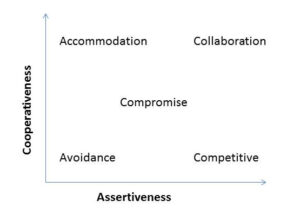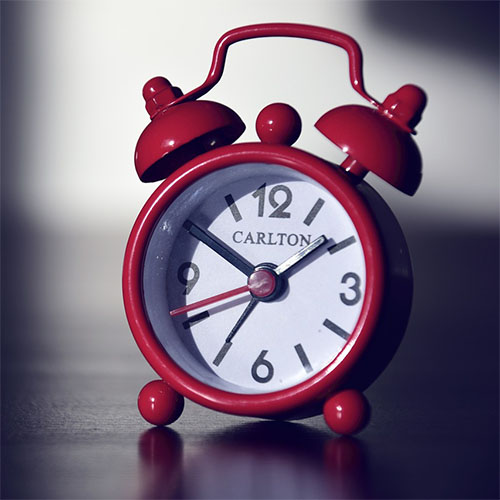Whether it appears in your work place, home life, or social circles, differences among human beings are inevitable. How we go about responding to these differences determines a good deal about our quality of life.
While it might seem like a peaceful idea to surround yourself with like-minded people, diversity has been demonstrated to lead to better outcomes. According to an article by Katherine Phillips in Scientific American, “being around people who are different from us makes us more creative, more diligent and harder-working.”
This doesn’t mean it’s easy. Diversity is generally acknowledged as difficult and more likely to generate conflict, which means that self-awareness and emotional intelligence are important characteristics to develop if we want to achieve success. That said, having differences doesn’t mean there has to be high drama. There are many ways to air and honor differences.
One of my most useful personal insights into conflict styles came during a mediation training (I’m a volunteer community and family mediator) in which the instructor was sharing a model for understanding conflict behavioral styles. He graphed these on an X-Y axis, with one axis being assertiveness (concern for self) and the other axis being cooperativeness (concern for others).
One style was Avoidance; low assertiveness, low cooperativeness. These are people who tend to avoid conflict and take blame, often processing thoughts and experiences internally. Another style was Competitive; high assertiveness, low cooperativeness. These are people who tend to take control in a conflict situation, wanting to win at all cost and often not leaving room for other perspectives and opinions. A third style was Accommodation; low assertiveness, high cooperativeness. These are the folks who try to make room for others, looking for a win-win through their own willingness to accommodate and often getting lost in the process. A fourth style was Compromise; medium assertiveness, medium cooperativeness. These are people who are looking to meet halfway, regardless of whether it’s actually the optimal outcome. The fifth style was Collaboration; high assertiveness, high cooperativeness. These are the people who want everyone taken into account and participating in the process of finding a fair and optimal outcome for all involved.
The interactions and interplays among all these various types are fascinating when it comes to identifying, discussing, and resolving conflict. Each has their pros and cons, strengths and weaknesses, as well as usefulness in any given situation. Recognizing your own tendencies and learning to vary your style as warranted by a particular situation are life skills well worth spending time and attention to develop.
What was most fascinating for me personally and the reason this insight was so impactful for me was that I had always thought of myself as tending toward compromise, until I saw the graph and recognized that I actually have a strong tendency toward collaboration – which I hadn’t previously thought of as a conflict behavioral style. What struck me most in this recognition was the degree to which my conflict behavioral type is dependent on other people’s willingness to engage – something over which I have no control.
In that moment, I recognized a lifelong struggle of mine, one that had caused me much anguish and confusion over the years when dealing with conflict behavioral types that didn’t place the same value on engagement or that simply had other priorities in a given situation. It was a powerful insight, and reflecting on it allowed me to recognize, view, and value the various approaches I saw and experienced through a new lens. It also allowed me to let go of expectations I hadn’t realized I was holding.
Where do you fall on this scale? What does that tell you about your values, conflict style, comfort level, and willingness to engage? How does your style impact those around you? How does theirs impact you? Self-awareness is the first step toward achieving the positive outcomes and promise of diversity – and a more interesting and invigorating life in general.




